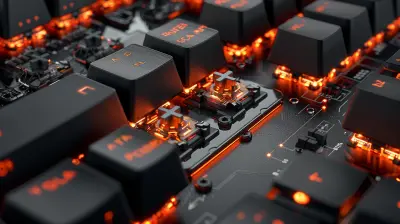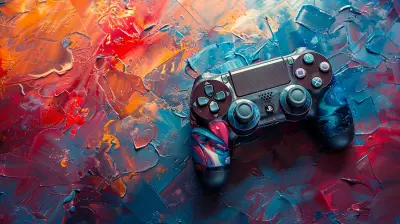How Virtual Reality is Changing Player Interaction
25 June 2025
Virtual reality (VR) isn’t just a buzzword in the gaming sphere anymore — it’s a game-changer (pun intended). If you’ve donned a headset and swung around like a sword-wielding ninja in Beat Saber, or walked nervously through a haunted house in Phasmophobia, you already know what we’re talking about. VR is not only flipping the way we play games on its head, but it's also redefining how we interact with other players.
Let’s dig into how virtual reality is shaking up player interaction and dragging us into what's beginning to feel a lot like the next level — literally.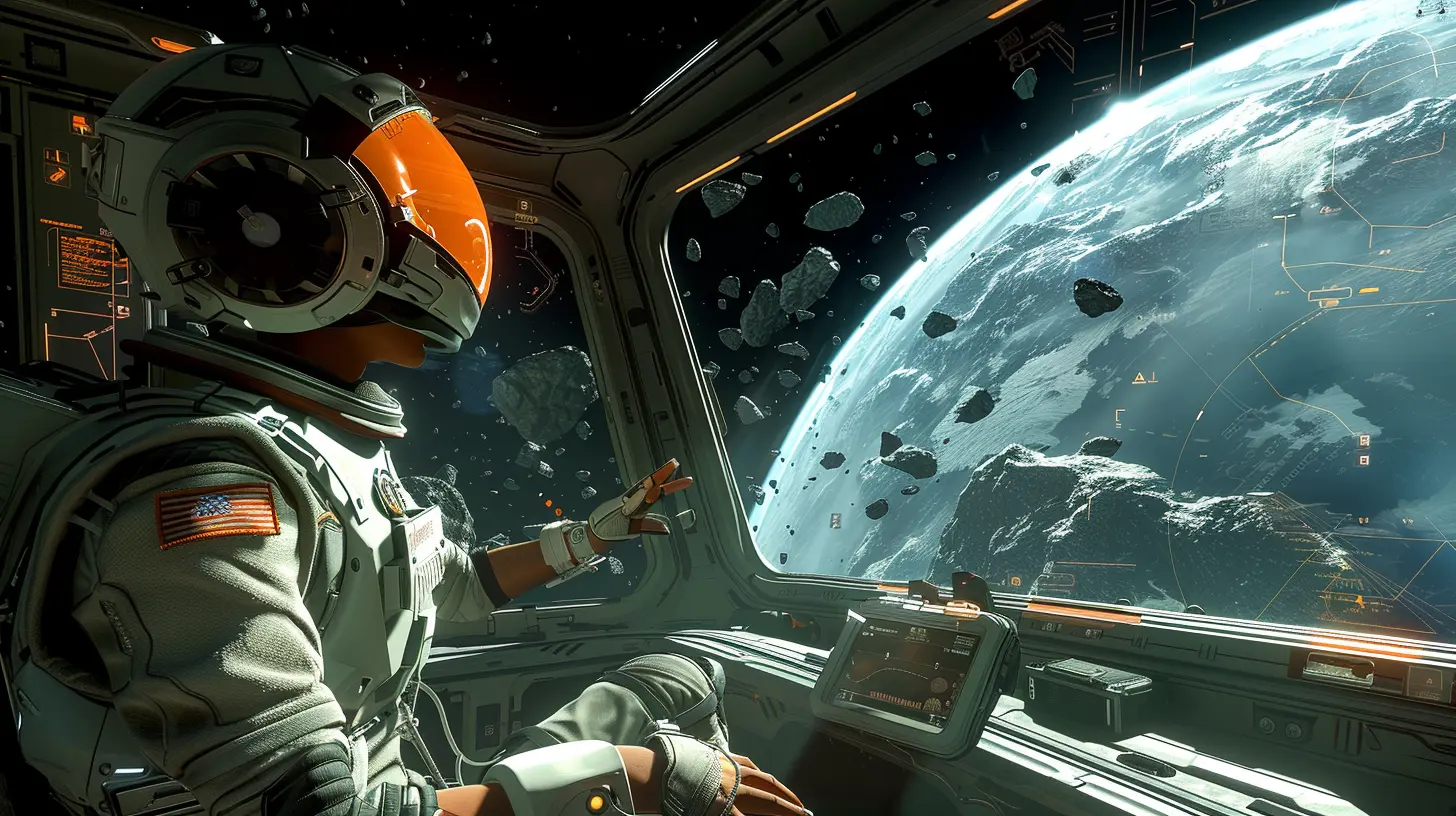
From Couch Co-op to Full-Body Co-op
Remember the days of crowding around a console, sharing a controller, and elbowing your best friend during intense multiplayer matches? Classic couch co-op days had their charm, but VR takes things up several notches. Now, you're not just playing together — you’re physically in the same space.In VR multiplayer games, players are no longer limited to avatars moving like stiff mannequins. With full-body tracking, facial gestures, and hand movements, VR captures your real-world actions and mirrors them into the digital battlefield, dance floor, or dungeon crawl.
The Rise of Social Presence
This is what experts call “social presence” — the psychological feeling of really being with someone. In VR, you can make eye contact, wave, high-five, or even throw virtual objects at your friends (because of course you would). These interactions feel more natural and human, which means the social dynamics within the game evolve too.Think about it — in a flat-screen FPS game, you rely on pings and voice chat. In VR, you can literally point to your next objective, duck behind cover together, or whisper your plans. It’s not just immersive — it’s intuitive.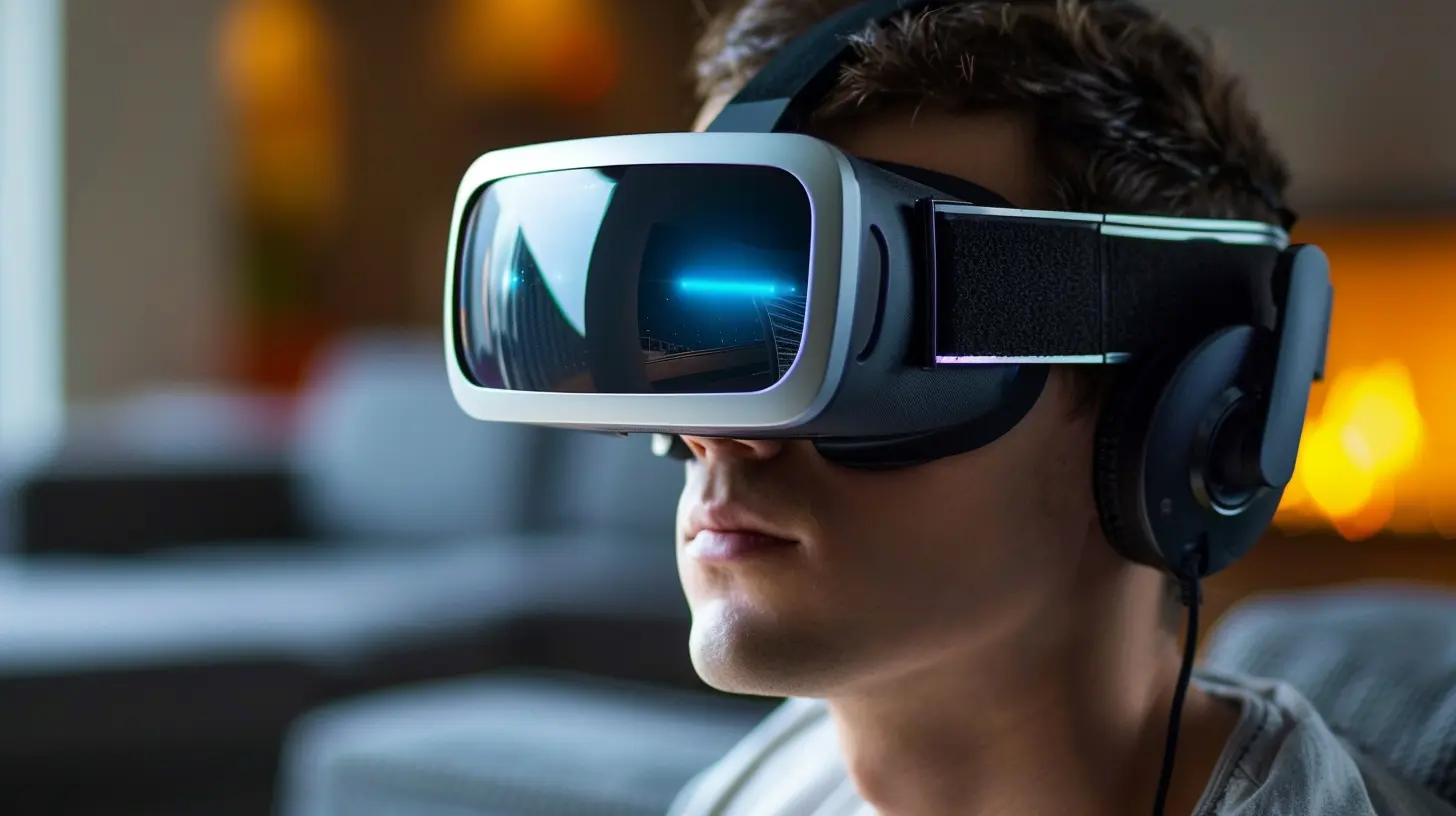
The Impact on Communication
Say Hello to Body Language
VR gaming isn’t just changing how we play — it’s changing how we talk. In most traditional games, communication is either voice chat or text. But VR introduces physical communication into the mix. A nod, a shrug, a thumbs-up — they all mean something now.This adds a new layer to gameplay, especially in games that require close teamwork or intricate strategies. Communicating via gestures makes interactions feel more real and often more efficient.
Voice Chat Gets a Facelift
Voice in VR isn’t just pushed through headsets anymore. Positional audio makes a huge difference. Imagine hearing your friend’s voice from your left side as they stand next to you, or being able to hear someone shouting across the room. It mimics real-life acoustics, which supercharges immersion even more.Plus, many VR platforms are now experimenting with spatial dynamics. For instance, if someone whispers near you in a horror game, you’ll feel that shiver go down your spine.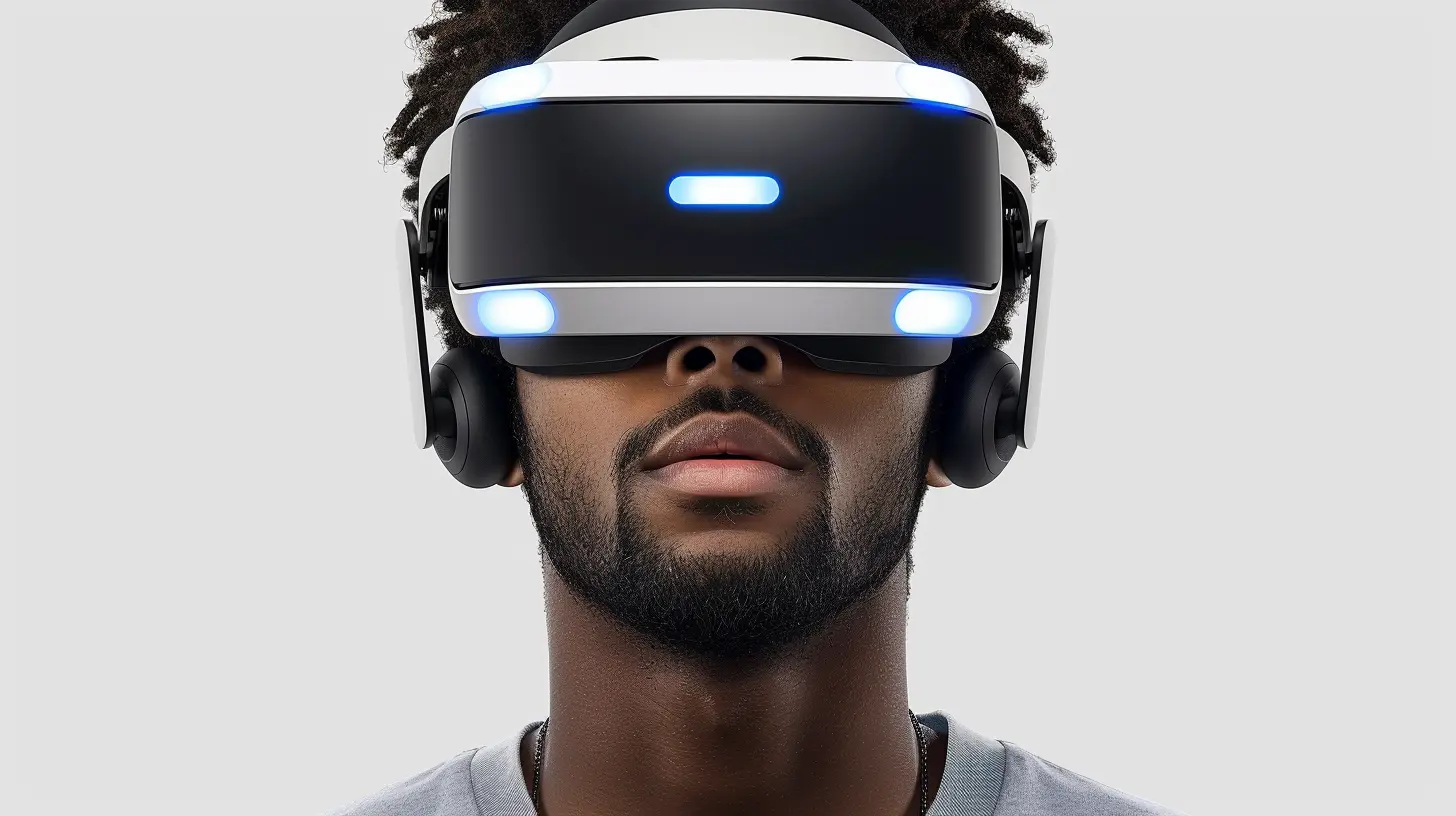
Creating True Immersion
Sure, traditional games can be immersive. But VR? VR throws you into the game.Your Body is the Controller
Forget joysticks and buttons. Your hands, your head, and sometimes even your legs are the controller. This means your actions translate directly to your in-game character. Want to grab a sword? Physically reach out. Want to duck behind cover? You better crouch.This direct connection between physical movement and gameplay interaction erases the barrier between player and avatar. You're no longer playing the character — you are the character.
Emotional Engagement Hits Different
When you’re inside the game, emotional stakes feel higher. A scary jump-scare feels real. A dramatic plot twist hits you right in the chest. And when a friend is in danger in-game, you’re much more likely to react instinctively because you’re right there with them.Virtual reality doesn't just enhance player interaction. It builds emotional bridges. You’re sharing moments, wins, losses, and laughs in a space that feels tangible.
A New Era of Multiplayer Games
The rise of VR has spawned an entire genre of games built specifically for the platform’s unique interactive capabilities.Cooperative Gameplay Gets More Cooperative
Games like Rec Room, VRChat, and Population: One show just how collaborative multiplayer can get. You’re solving puzzles side by side, drawing out battle plans, sharing tools — and doing it all with natural movements.These games aren’t just about shooting or collecting loot. They’re about connecting, often in surprisingly meaningful ways.
Competitive Gaming Feels More Real
In VR shooters or sports games, physical skill plays a much bigger role. You're not just pressing buttons — you’re aiming with your arms, dodging with your legs, and outmaneuvering enemies in full 3D space.This raises the bar for competitive gaming. Reactions become more instinctive, and gameplay becomes more physically demanding — turning virtual combat into something that feels like real combat.
Building Digital Communities (That Feel Real)
VR platforms like VRChat, AltspaceVR, and Horizon Worlds push social interaction to the forefront. They're more than just games — they’re virtual spaces where people hang out, attend events, perform concerts, and even date.Avatars With Personality
You’re not stuck choosing a pre-made character model. VR platforms allow for extensive avatar customization. The way someone dresses, moves, or gestures gives you clues about their personality — just like in real life.These virtual selves often become genuine extensions of the players. You recognize people not just by their name, but by how they move and behave.
Real Friendships in Virtual Worlds
It might sound wild, but a lot of people are making real friends in VR. When you spend hours exploring dungeons, solving escape rooms, or just chilling on a virtual rooftop under a digital sunset, connections happen.For many, especially during lockdowns or periods of isolation, VR became not just a way to play — but a way to stay human.
Challenges and Considerations
Of course, VR isn’t perfect. Like any tech, it comes with its own growing pains.Physical Fatigue is Real
Not everyone wants to swing swords or throw virtual punches for two hours straight. Unlike traditional gaming, VR can take a physical toll. Between motion sickness and general tiredness, not every game session can be a marathon.The Gear Isn’t Cheap
Entry-level VR headsets are more accessible now than ever, but high-end systems with full tracking and accessories can still break the bank. Plus, you need the space to move around safely — something not everyone has.Moderation and VR Etiquette
With more realistic interactions, there's also a need for boundaries. Harassment and toxic behavior can feel much more personal in VR than when hiding behind a gamertag on a screen. Platforms are gradually rolling out safety features like personal space bubbles and mute zones, but we're still learning what "safe" social interaction in VR looks like.The Future of Player Interaction in VR
We’re still just scratching the surface.Haptic Feedback and Beyond
Soon, we won’t just see and hear virtual worlds — we’ll feel them. Haptic suits and gloves are starting to reach consumer-level affordability. Imagine actually feeling the impact of a sword clash, or the pitter-patter of virtual rain.AI-Powered NPC Interactions
Combine VR with AI and suddenly your interactions with non-player characters (NPCs) take on a whole new dimension. They’ll understand tone, gesture, and context — making dialogue trees less about pressing buttons and more about true conversations.Cross-Reality Gaming
As mixed reality (blending VR and AR) becomes more mainstream, we’ll see games that span across devices and platforms. Some players might be in VR, others on mobile or PC — all sharing the same digital space.Wrapping It Up
Virtual reality is transforming player interaction from something digital and distant to something that feels real and connected. It's not just about better graphics or cooler controls. It's about presence — feeling like you're physically in the game, with your friends right there beside you.Whether you're teaming up to slay dragons, attending a virtual wedding in VRChat, or simply goofing off in Rec Room, VR lets you do it in a way that no other platform can replicate. And as the technology keeps improving, your next favorite memory might just be one that happened in a world that doesn’t technically exist.
But hey — if it feels real, does it matter?
all images in this post were generated using AI tools
Category:
Virtual RealityAuthor:

Leif Coleman
Discussion
rate this article
2 comments
Heath Webster
Great article! It's fascinating to see how virtual reality is transforming player interaction, creating immersive experiences that foster deeper connections. Excited to see how this technology continues to evolve in the gaming community!
October 22, 2025 at 4:11 PM
Teagan McClellan
Virtual reality is revolutionizing the gaming landscape, transforming solitary play into immersive experiences of connection and collaboration. As we step into these vibrant worlds, we’re not just players; we’re pioneers. Embrace the future of player interaction and discover the limitless potential of shared adventures in this breathtaking digital universe!
July 4, 2025 at 3:00 PM

Leif Coleman
Absolutely! Virtual reality is indeed redefining player interaction, turning gaming into a shared and immersive experience where connections and collaboration thrive. Exciting times ahead for gamers!

